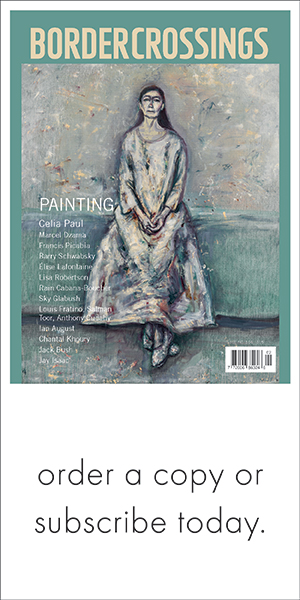While attending a town council meeting in the southern Ontario town in which I live, I was chided by a councillor. “Laura, decorum please!” he said. I hadn’t said anything—at least not verbally. But I’d worn black Lycra cycling shorts in Alice Munro country, where women weren’t supposed to show up to a council meeting on a bike wearing nice tight shorts. I was there to speak about safe cycling—not be judged for my riding apparel. But as Louise Armaindo, the greatest high-wheel female racer of the 1880s (who could beat many a man), knew, what I wear on my bike lets me be free. And you can’t beat freedom.
Since its invention the bicycle has been a literal vehicle of emancipation for women, but much of that history is told from the advent of the “safety bicycle” in the 1890s. The safety bike had equally sized wheels, pneumatic tires, a seat that allowed cyclists to steady themselves with their feet against the ground, a drive train that would soon include gears, and a...
Laura Robinson is the author of Black Tights: Women, Sport and Sexuality and Cyclist BikeList: The Book for Every Rider.

